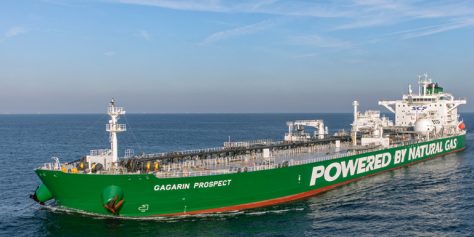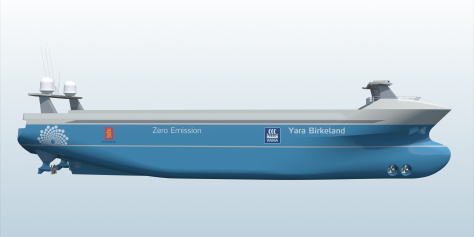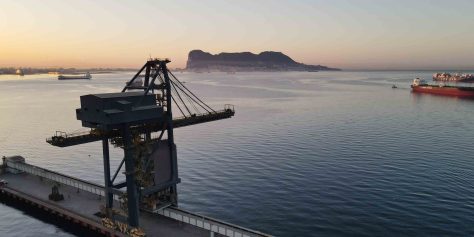Germany's Ministry of Transport and Digital Infrastructure extended the term of grants to equip and convert seagoing vessels to use LNG as marine fuel until December 31, 2021. Germany came to this decision after considering that many projects did not They were able to be executed last year due to financial problems caused by the COVID19 pandemic.
DNV GL, the world's leading classification society, and HHI Group, the world's largest shipyard, have come together to embark on the development of future-proof tanker designs. At a recent "Green Tankers towards 2050" industry webinar, attended by more than 250 participants from shipping companies around the world, DNV GL and HHI Group presented the results of new joint research and explained how green maritime solutions they can help shipowners and managers to cope with stricter environmental regulations now and in the future.
Liquefied natural gas (LNG) has more or less the same composition as natural gas used for homes and power generation, and in industry. Its main component is methane (CH4), the hydrocarbon fuel with the lowest carbon content.
Clarkson Research Services has provided subscribers with a snapshot of the number of ships - both those on the market today and those under construction - that do not use conventional fuels. Notably, in terms of tonnage, more than a quarter of all ships being built today do not use petroleum derivatives for their propulsion, according to the new research.
The European Biogas Association (EBA), Gas Infrastructure Europe (GIE), the Natural Gas and Vehicle Biogas Association (NGVA Europe) and SEA-LNG published a joint document, which demonstrates the concrete benefits of using BioLNG to decarbonize hard-to-beat transportation sectors through the provision of the latest facts and figures.
Endesa has planned an initial investment of around 15.6 million euros, which after a detailed study and the incorporation of the latest technology on the market, will rise to more than 30 million euros for the adaptation of the facilities before 2023 After receiving authorization to extend the concession term of the current facility, by the Port Authority of Bahía de Algeciras, the new terminal will reach a storage capacity of around 4,080 cubic meters and a volume of energy managed per year 1,100 GWh.






